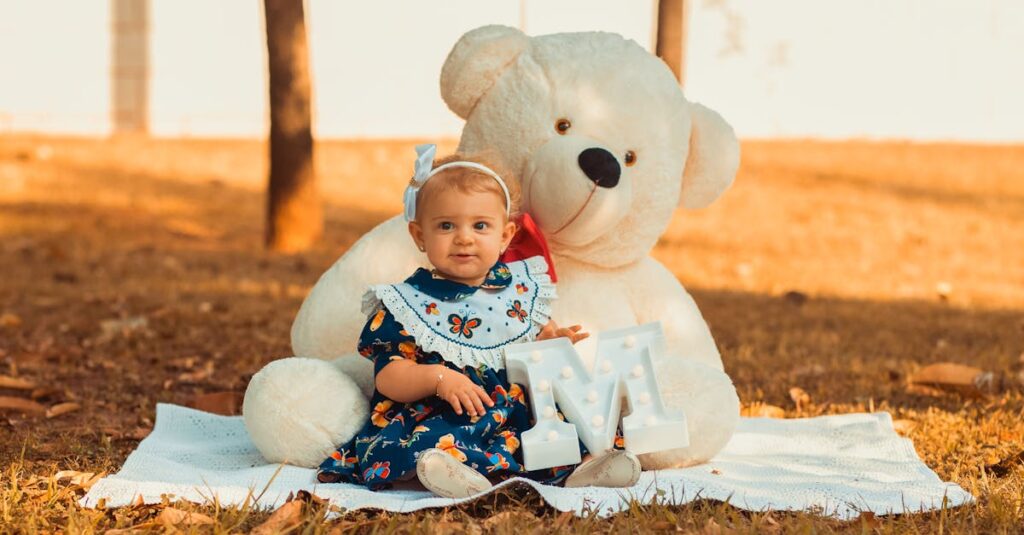Understanding Mindfulness for Kids
Mindfulness isn’t just for stressed-out adults. It’s a superpower for kids too! At its core, mindfulness is about being present and aware. For pre-schoolers, this means noticing their feelings and surroundings. Think of it as teaching a little human how to pause and take a deep breath when things get tough.
Imagine your kiddo finding zen-like calm at snack time—now that’s something! And who knows? They might even remind you to take those deep breaths too. By integrating mindfulness into their routine, you’re gifting them tools for life.
Embracing mindfulness can lead to:
- Enhanced focus and concentration
- Improved emotional regulation
- Greater empathy and kindness
- Better stress management
By nurturing these skills, we help children develop a strong foundation for their emotional and mental well-being.
Why Empathy is Key in Early Development
Empathy might sound like a big word for the tiny tots, but it’s a cornerstone of their growth. It’s about understanding others’ feelings, which lays the groundwork for social interactions. Imagine your child as the empathetic leader of their sandbox squad.
But it doesn’t happen overnight. Kids often struggle with emotions, like jealousy or frustration, which can seem like mini-tantrum tornadoes. However, with patience and practice, empathy blooms—much like your attempts at keeping houseplants alive.
Nurturing Emotional Intelligence
Let’s nurture that emotional intelligence together!
Fun and Easy Mindfulness Activities
Mindfulness doesn’t have to be boring or complicated. Activities like ‘teddy bear breathing’ turn the idea of relaxation into a fun game. Picture your preschooler lying on their back, a fluffy teddy on their tummy moving up and down. It’s simple, effective, and adorable!
Another delightful activity is a ‘gratitude circle’ where everyone shares something they’re thankful for. These small activities help weave mindfulness into everyday life without you morphing into a yoga instructor. Who knew fostering mindful moments could be so entertaining?
- Teddy Bear Breathing: Encourages relaxation through play.
- Gratitude Circle: Promotes sharing and appreciation.
Handling Emotional Challenges with Mindfulness
Tantrums are like surprise storms—one minute, calm skies; the next, a whirl of emotions. Mindfulness can be the umbrella that keeps the emotional downpour at bay. Teaching kids to identify their feelings and respond thoughtfully is crucial during their early years. Often, they can’t quite articulate ‘sad’ or ‘mad’.
Mindfulness offers tools to ‘name it to tame it.’ Realizing that emotions are temporary waves helps them ride those waves smoother, turning meltdowns into manageable showers. It’s emotional weathering at its best!
The Role of Parents in Cultivating Empathy
You’re the wizard behind the mindfulness curtain. Encouraging empathy means being an empathic role model. Show them how it’s done by lending a listening ear or sharing in their moments of emotion. After all, kids imitate what’s around them. Ever heard them mimic your ‘oopsie-doodle’ when spilling milk? That’s your influence in action!
Incorporate empathy and mindfulness in everyday scenarios—when you:
- Apologize
- Acknowledge emotions
- Appreciate small acts
Remember, they’re taking notes even when you’re not looking.
Let’s Hear Your Experiences!
We’ve shared some playful tips, and now it’s over to you! How do you infuse mindfulness at home? Share your stories and sprinkle kindness in the comments. Your insights can inspire fellow readers.
Do you have a humorous parenting blunder to share? We all have those ‘facepalm’ moments! Let’s connect, laugh, and learn together.
Teaching Empathy: A Collective Effort
Teaching empathy isn’t a solo journey; together, parents can build a kinder generation. Dive into this community and contribute your wisdom. After all, raising empathetic kids takes a village!

